Yap Kwan Seng and my breakfast tower
On the morning of 22 November 1927, in a garden house tucked between High Street and Petaling Street, a bespectacled man sat at the breakfast table, calmly munching his toast. His gaze lingered on page 14 of The Straits Times, drawn not to the headlines, but to a property advertisement—one far from ordinary.
Placed by his fellow family members, the sales ad invited prospective buyers to bid on a substantial portfolio of vacant lands once owned by his late father. The collection, totaling 56.1 acres, was spread across Batu Road, Ampang Road, Circular Road, and Maxwell Road. Also listed were numerous vacant lots in the villages of Ampang and Serdang—a clear sign that a new chapter in the Yap family legacy was about to begin.
- Vacant land, Batu Road (C.T. 2561)
Lot 30 Section 41 (about 3.4 acres) - Vacant land planted with rubber and coconuts, 2nd Mile Ampang Road (Grant 651)
Lot 1-A Section 63 (about 10.1 acres) - Vacant land, Circular Road (C.T. 7537, 7538), Lots 133, 134 Section 63 (about 7.13 acres)
- Vacant land, 2¼ Ampang Road (C.T. 2566)
Lot 2 (about 10.7 acres) - Vacant land, Maxwell Road (Grant 666)
Lot 1 Section 71 (about 24.74 acres) - 5 vacant lots, Ampang Village, 83, 84, 85, 86, 87, Main Street, Ampang (Grants 3158, 3159, 3160, 3161, 3162) Lot 8, 45, and 67.
- 1 vacant lot, Serdang Village (Grant 3328)
Lot 4 Section 1.
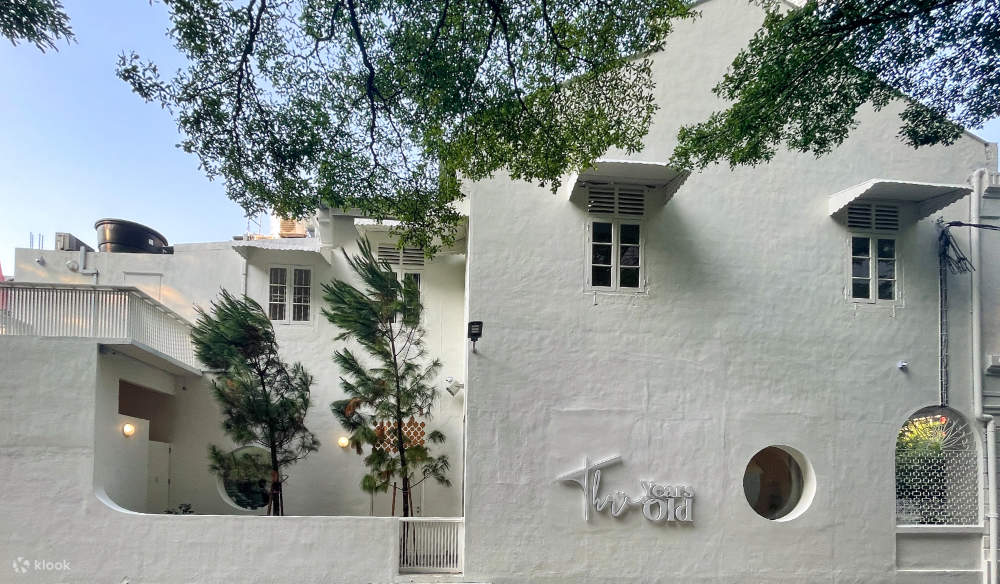

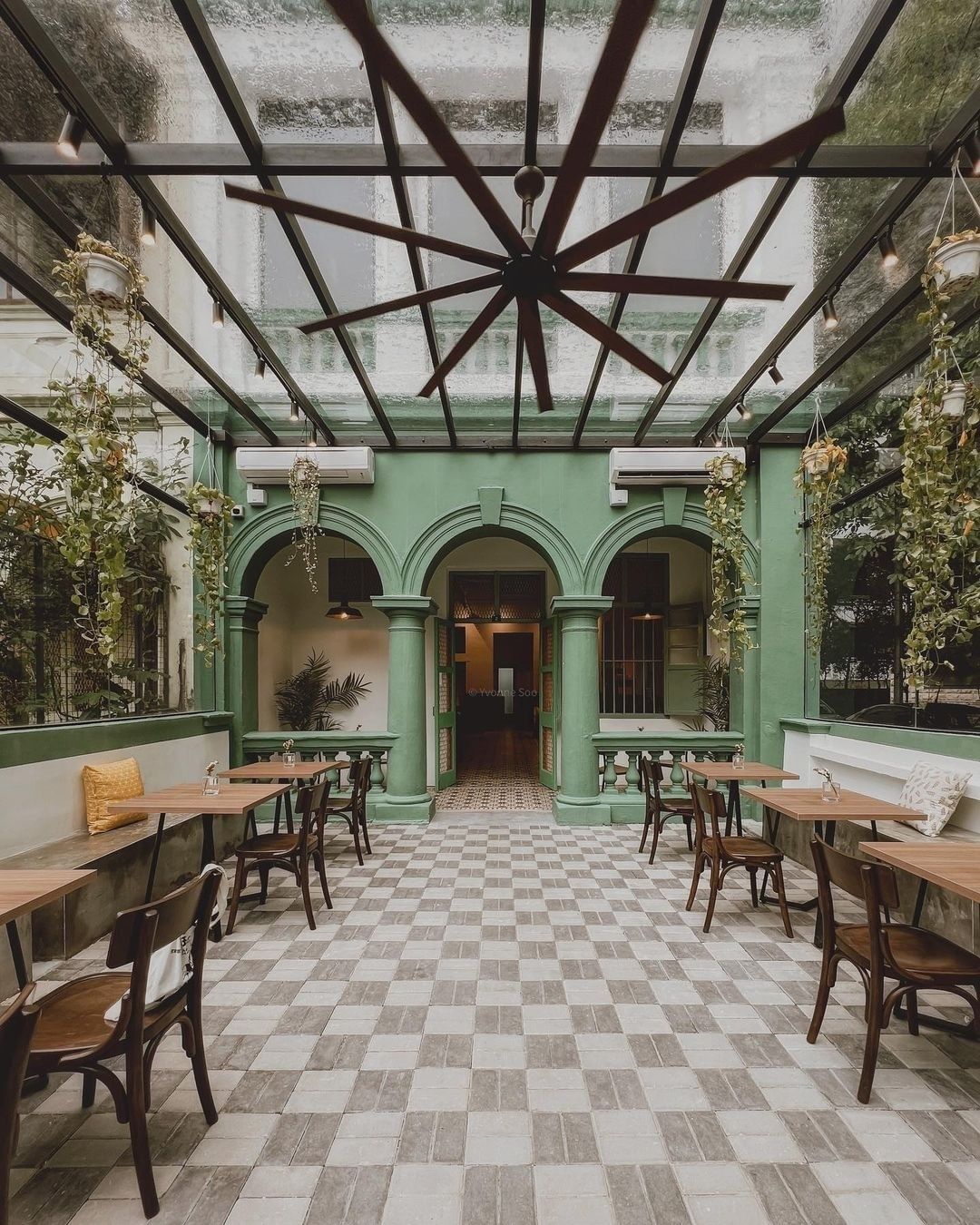
Special attention must be given to Item (5), as it was originally designated as a family burial ground. Following Yap Kwan Seng’s death from tuberculosis on a Friday night in 1902, his remains were laid to rest in the 25-acre lot located in Section 71 of Maxwell Road. The attempt to sell the burial plot strongly indicated that the family may have been under financial pressure, with the family fortune nearly depleted within just a quarter of a century.
Like Yap Ah Loy 葉德來 (d. 1885) and Yap Ah Shak 葉石 (d. 1889), the remains of Yap Kwan Seng (d. 1902) were eventually exhumed from their original burial sites after the lands were sold or occupied by outsiders. However, unlike his predecessors, the final Captain China was not reinterred in a new tomb. Instead, the remains were cremated and placed in an urn housed inside the Lin Lum pagoda at Jalan Kerayong. Fittingly, Captain Yap’s personal maxim, seems to capture the quiet dignity of his posthumous fate.

with composure, humility, and dignified restraint.
- Yap Kwan Seng 葉觀盛 (b. 9 April 1846) passed away on 17 January 1902 (光绪27年12月8日), leaving behind 8 wives (5 in British Malaya and 3 in China), 15 sons, 10 daughters.
Meeting adversity with calm and reverence 舒恭臨風. Yap Kwan Seng's Garden House, Number 124, High Street, Kuala Lumpur. The House hosted many distinguished guests, e.g. King Chulalongkorn and the Sultan of Kedah (1890), Sultan Abd al-Samad (1900), Ralph Scott and his wife (1924). The address can be found in a letter (14 May 1925) written by Yap to the new British Resident (1957/0236207W).
Although 光绪27年 is nominally 1901, the last lunisolar month must be treated carefully. It is unfortunate that the Chinese date was incorrectly truncated to 1901 and preserved on the epitaph in Kwong Tong Cemetery. Similar mistake can also be found in Foo (2014), p. 2, p. 24, 254. The mistake is repeated in Chiam and Foo (2025), p. 47, p. 189, p. 227. However, they are apparently aware of the correct Gregorian date of Captain Yap's death (p. 111) and they acknowledged the fact that the date was recorded on 17 January 1902 in 1957/0100412W (p. 189). The editorial choice of mixing 1901 and 1902 in the same book is thus extremely confusing for the uninitiated. Instead of correcting the date truncation mistake (like the errata for spelling 葉觀盛 as 葉觀勝 in p. 228) they left a mystical polynomial $$y^2 - 3803y + 3615702$$ for the readers.
The epitaph in Jalan Kerayong reads:
萬古留芳・慈善家葉觀盛(一八四六—一九〇一一九〇二)・雪蘭莪州最後一任華人甲必丹・誕生於中國赤溪縣,甲必丹葉觀盛於十八歲時南來馬來亞。最初為森美蘭州錫礦工人。一八七〇年赴雪蘭莪州經商而成為錫礦業先驅之一。後創設磚廠,廠址今命名十五碑。甲必丹為吉隆坡社會領袖且被委為雪蘭莪州行政官。熱心公益慈善,為培善堂創始者並為清寒子弟提供免費醫藥服務。一八八一年改名同善醫院。 十三載內獨自慷慨解囊,從未遭受任何波折。曾倡辦大華樓療養室、蘇丹街赤溪公館及維多利亞英文書院。甲必丹為後代遺留下永垂不朽之慈善及關懷。今日,為讚揚其對社會之無限貢獻,其中,葉觀盛律及葉觀盛巷答引用其名以表敬意而新就記律則取名自其店。
IN LOVING MEMORY OF PHILANTROPIST YAP KWAN SENG (1846—19011902) LAST KAPITAN CHINA OF SELANGOR ・ Born in the Chak Kai district in China, Kapitan Yap Kwan Seng left for Malaya at the age of 18. The Kapitan first worked as a tin miner in Seremban. In 1870, he left for Selangor on business and he became one of the pioneers of the tin industry. The very location of the brick factory he set up later came to be called Brickfields. The Kapitan was a community leader in Kuala Lumpur and was appointed Selangor State Legislative Assemblyman. He was the founder of Pooi Shin Thong 培善堂 which provide free medical service for the poor. In 1881, it was renamed Tung Shin Hospital 同善醫院. He ran the hospital for an uninterrupted period of 10 years on his own funds. He also built the Tai Wah Ward 大華樓療養室, the Chak Kai Koong Kon 赤溪公館 in Jalan Sultan and the Victoria Institution. The Kapitan left behind a rich legacy of charity and concern for the less fortunate. Today, in recognition of his immense contributions to the community, amongst others, Jalan Yap Kwan Seng and Lorong Yap Kwan Seng are named in honour of him while Jalan Sin Chew Kee is named after his shop.
The calendrical mistake was also pointed by Chong (2017). See Chong Siou Wei 張曉威 (2017) The political development of the Kuala Lumpur Hakka secret societies during the Yap Kwan Seng Era 甲必丹葉觀盛時代的吉隆坡客家幫權政治發展(1889-1902), Global Hakka Studies 全球客家研究 9, pp. 159 - 182.
- The first factory to manufacture rubber products in Selangor was set in Pudu Road. The factory which started its operation in 1923, was owed by Yap Tai Chi 葉大池 (b. 1883, d. 1950). Tai Chi was the fourth son of Yap Kwan Seng. One year later in 1924, he was elected the Justice of Peace, which shows that the Yaps were still economically in control in early 20s. In 1939, we were told by Tai Chi that he was in the middle of producing a biography for his father. But this work was unfortunately, never published.
- The lands could probably fetch about \(\frac{1}{10}\) billion ringgits today.

The stamp mark of Captain Kwan Seng's Sin Chew Kee 新就記, one of many impressions found in 1957/0002041W (20 November 1882). According to Yap Tai Chi (1939), his father never worked or served under Yap Ah Shak, i.e. Yap Kwan Seng was never an employee at Kong Shing Loong 廣盛隆. Curiously, Sin Chew Kee was not associated with Yap Kwan Seng in 1882. In 1882, Sin Chew Kee was associated with a certain Kwong Cheong Shing, likely Yap Kwan Seng's boss in 1882.
- 1976/0004229W. 3 July 1929.
Estate of Yap Kwan Seng, deceased: Re: Allotment on Maxwell Road containing the grave of Yap Kwan Seng to be registered in the names of form present trustee as trustees for the family.
- Yap Ah Loy was exhumed in 1919/1920 (between 22 December 1919 and 20 January 1920). Yap Ah Shak was exchumed in 1962 (October 6). Yap Kwan Seng's bones were relocated from his original tomb by his descendants in 1954 (Qingming day, 5 April). The bones of Yap Kwan Seng was placed in an urn and housed inside the Lin Lum columbarium 莲林普同塔.
- Pictures of two seals belonging to Captain Yap can be found here. One of the seals reads: Kuala Lumpur - Captain Yap Kuan Seng - 雪蘭莪州府甲必丹葉觀盛 - کفيتن يف کوان سيڠ - Government of Selangor. The other reads: Yap Kwan Seng - 甲必丹 - 葉觀盛 - 雪蘭莪 - Captain China Selangor.
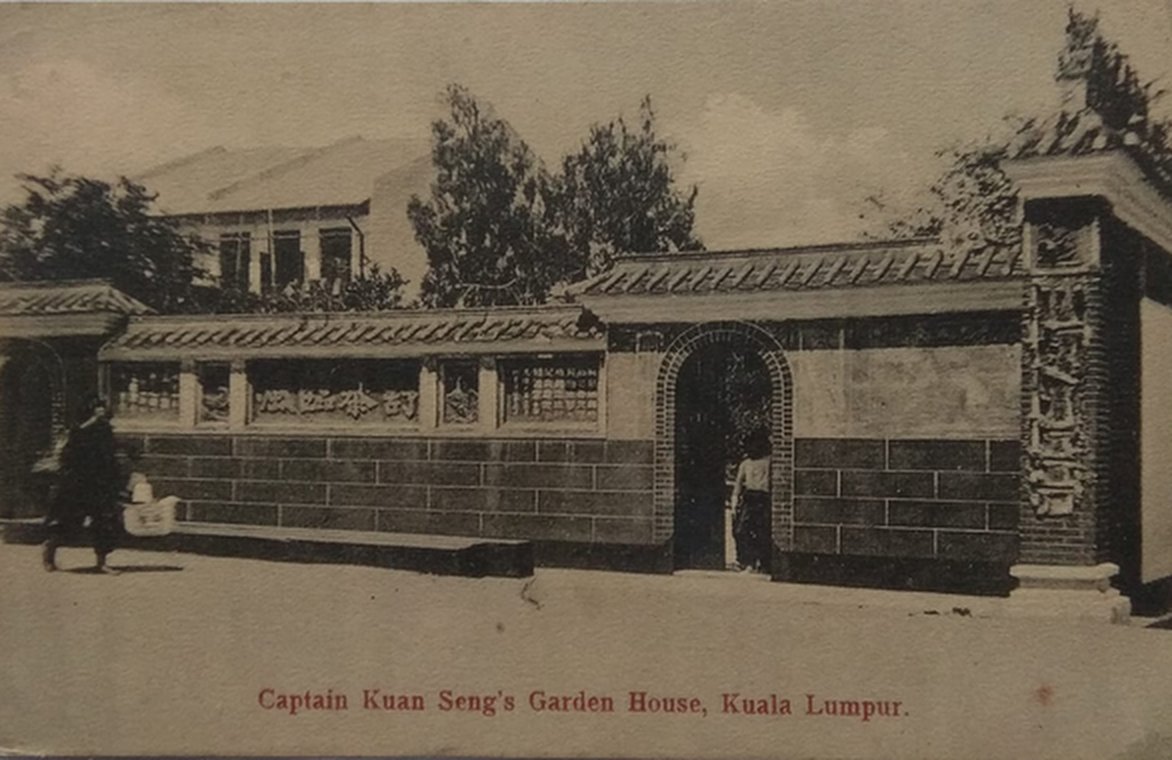
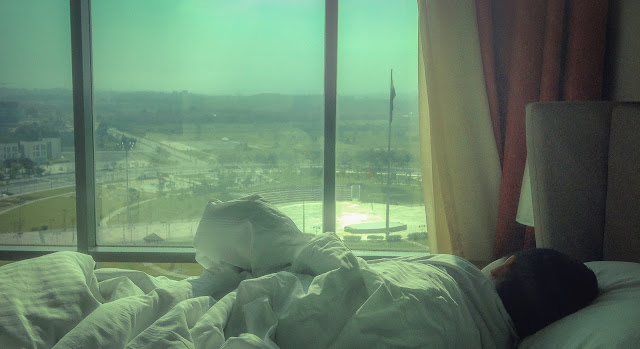


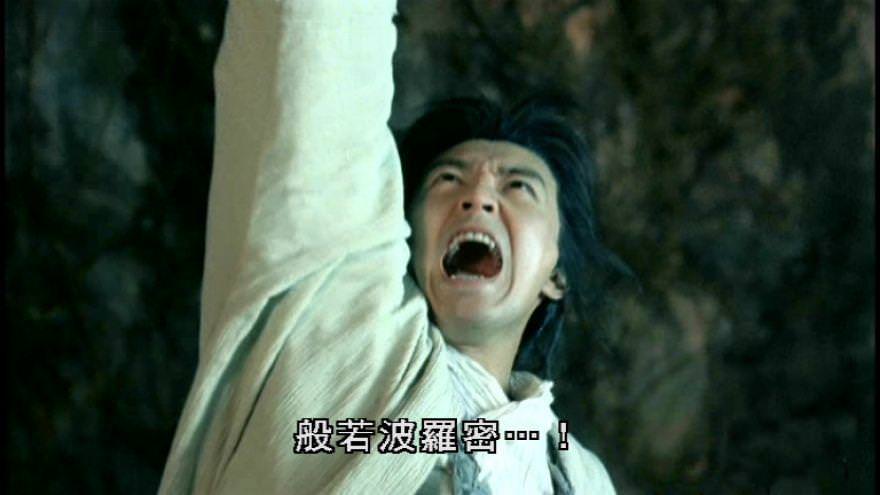
Comments